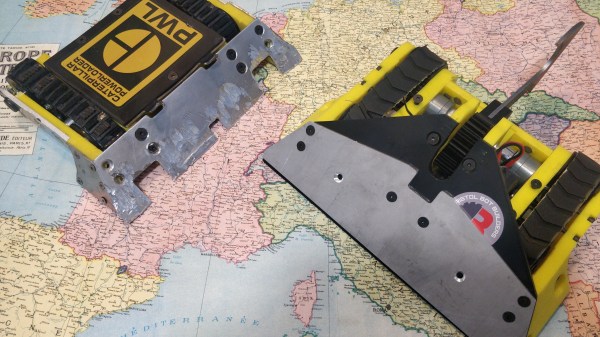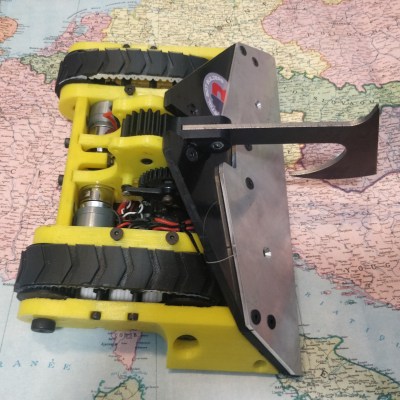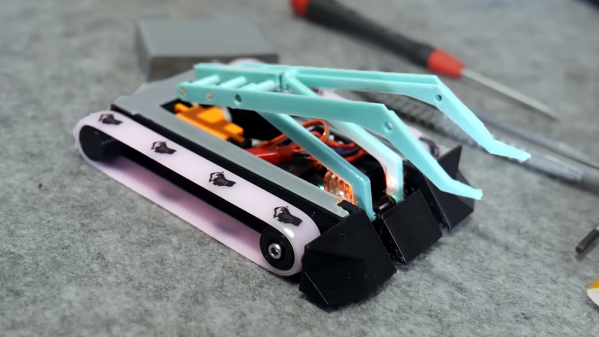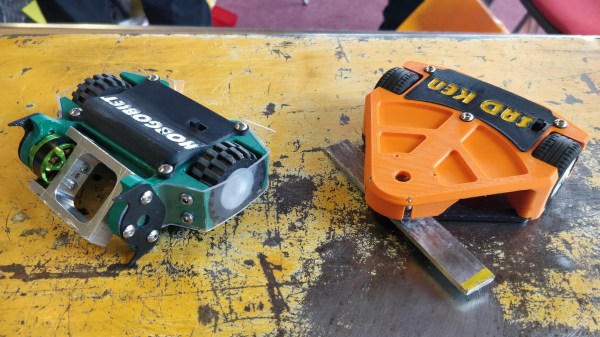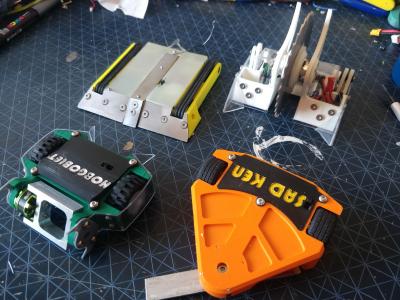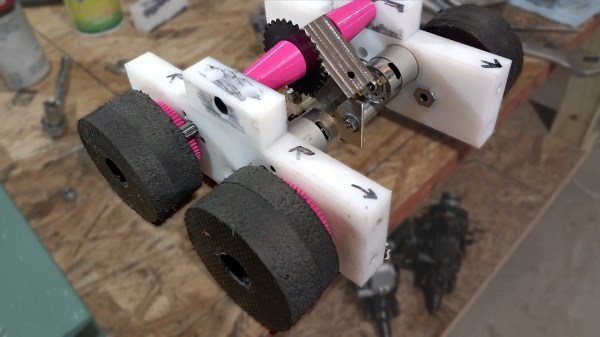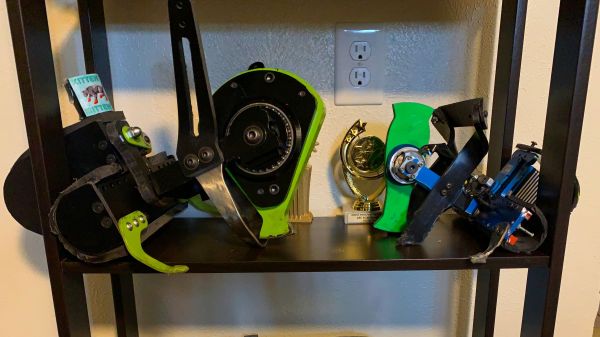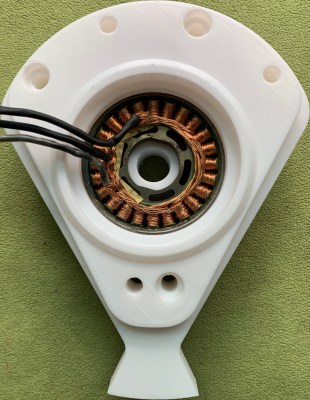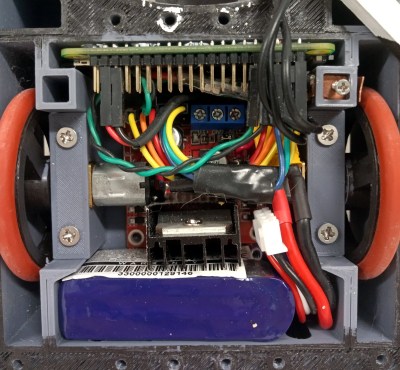We all love combat robotics for its creative problem solving; trying to fit drivetrains and weapon systems in a small and light package is never as simple as it appears to be. When you get to the real lightweights… throw everything you know out the window! [Shoverobotics] saw this as a barrier for getting into the 150g weight class, so he created the combat robotics platform named Project SVRN.
You want 4-wheel drive? It’s got it! Wedge or a Grabber? Of course! Anything else you can imagine? Feel free to add and modify the platform to your heart’s content! Controlled by a Malenki Nano, a receiver and motor controller combo board, the SVRN platform allows anyone to get into fairyweight fights with almost no experience.
With 4 N10 motors giving quick control, the platform acts as an excellent platform for various bot designs. Though the electronics and structure are rather simple, the most important and impressive part of Project SVRN is the detailed documentation for every part of building the bot. You can find and follow the documentation yourself from [Shoverobotics]’s Printables page here!
If you already know every type of coil found in your old Grav-Synthesized Vex-Flux from your Whatsamacallit this might not be needed for you, but many people trying to get into making need a ramp to shoot for the stars. For those needing more technical know-how in combat robotics, check out Kitten Mittens, a bot that uses its weapon for locomotion!
Continue reading “Step Into Combat Robotics With Project SVRN!”


